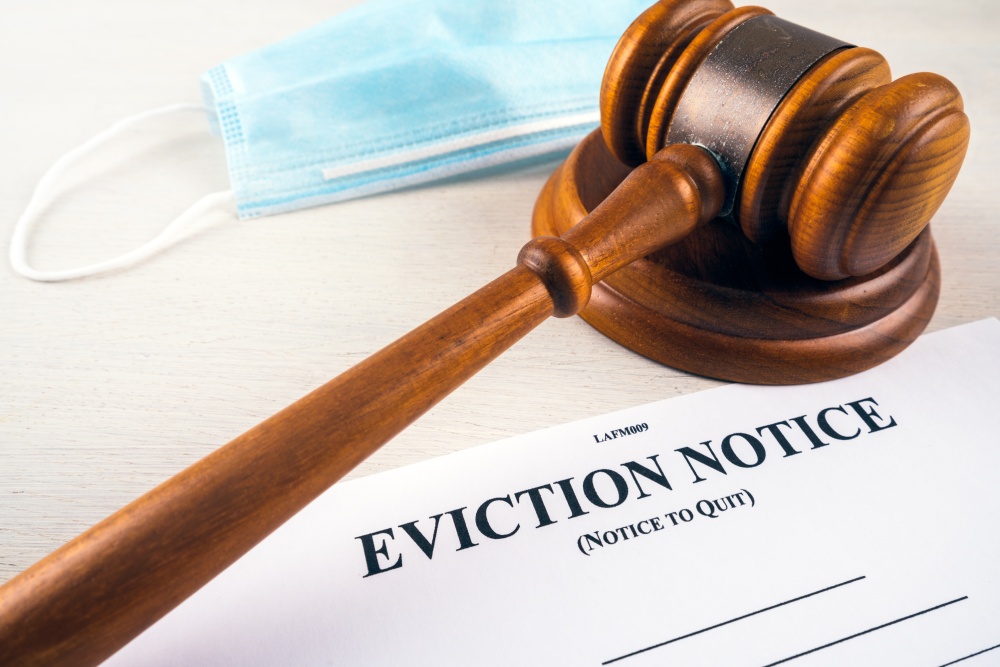How To seal an eviction in Nevada.

Six Steps For How To Seal An Eviction In Nevada
When an eviction case is filed, it becomes a public record. Landlords and apartment complexes often screen rental applicants by looking into their eviction history. Even if the outcome was in favor of the tenant, an eviction record could make it difficult for the tenant to find future housing.
While having an eviction record can hurt all tenants, studies have shown that communities of color are particularly susceptible to the practice and that women with children are especially vulnerable.
Nevada law allows tenants who were legally evicted to ask a judge to seal the record. This simply means the eviction will not be searchable and publicly available, providing tenants with a measure of protection against bias when seeking housing.
As a Northern Nevada legal aid organization, Northern Nevada Legal Aid can connect tenants with a pro bono eviction attorney to help with a Northern County eviction or an eviction in the surrounding Northern Nevada area.
For those who would prefer to move forward on their own, we offer the following guide on how to seal an eviction in Nevada.
STEP 1: Gather Information About Your Eviction
Contact the court clerk where your eviction was filed. If the property was located in Reno, call the Reno Justice Court at 775-325-6501. If the property was located in Sparks, call the Sparks Justice Court 775-353-7600.
Ask the court clerk for the following information:
- Eviction case number
- Department number
- Date the “lockout order” was issued
- Name and address of the landlord (if you do not have that information)
You will need each of these pieces of information before moving on to Step 2.
STEP 2: Fill Out The Form Entitled “Verified Motion To Seal Eviction”
The Verified Motion to Seal Eviction has three parts:
- Memorandum of Points and Authorities (provide your eviction information)
- Verification of Movant/Tenant (declare your information is truthful)
- Certificate of Mailing (indicate that you will send the form to your landlord)
Complete all three parts of the form, leaving nothing blank.
Sign and date where indicated.
Make two (2) photocopies of the form.
If you would like us to try to locate a pro bono eviction lawyer to represent you or if you need any assistance filling out the form, please contact the NNLA Self-Help Department at 775-329-2727. You may also contact the courthouse Self-Help Center at 775-325-6731.
STEP 3: File The “Verified Motion To Seal Eviction” With The Justice Court
Take the originally signed motion and two photocopies to the correct court.
The Reno Justice Court is located at 1 South Sierra Street, Reno, NV 89501.
The Sparks Justice Court is located at 1675 E Prater Way, #107, Sparks, NV 89434.
Ask for the Civil Division clerk. Tell the clerk you need to file your motion.
The clerk will keep the original and will stamp and return your two photocopies to you.
STEP 4: Send The Landlord A Copy Of The Motion
When the clerk returns the stamped photocopies of the motion to you, immediately put one copy in an envelope and mail it to the landlord who evicted you.
This should be done on the same day that you complete and file the motion.
STEP 5: Wait 10 Business Days
The landlord has 10 business days to respond. If the court notifies you that the landlord has filed an opposition or if the court schedules a hearing, you should consult an eviction lawyer. You can contact Northern Nevada Legal Aid if you need help finding an affordable eviction attorney.
If you hear nothing after 10 business days (do not count weekends or holidays), proceed to Step 6.
STEP 6: File The Request For Submission And The Proposed Order
Complete the Request for Submission and Proposed Order.
Take these completed forms to the same court where you filed the Verified Motion to Seal Eviction.
Mail a stamped copy of each form to the landlord as you did with the Verified Motion to Seal Eviction.
The Court will inform you if your motion is granted or denied.
If your motion is granted, your eviction is now sealed, and you can move forward as if it never happened.
If your motion is denied, you will, unfortunately, still have an eviction record.

